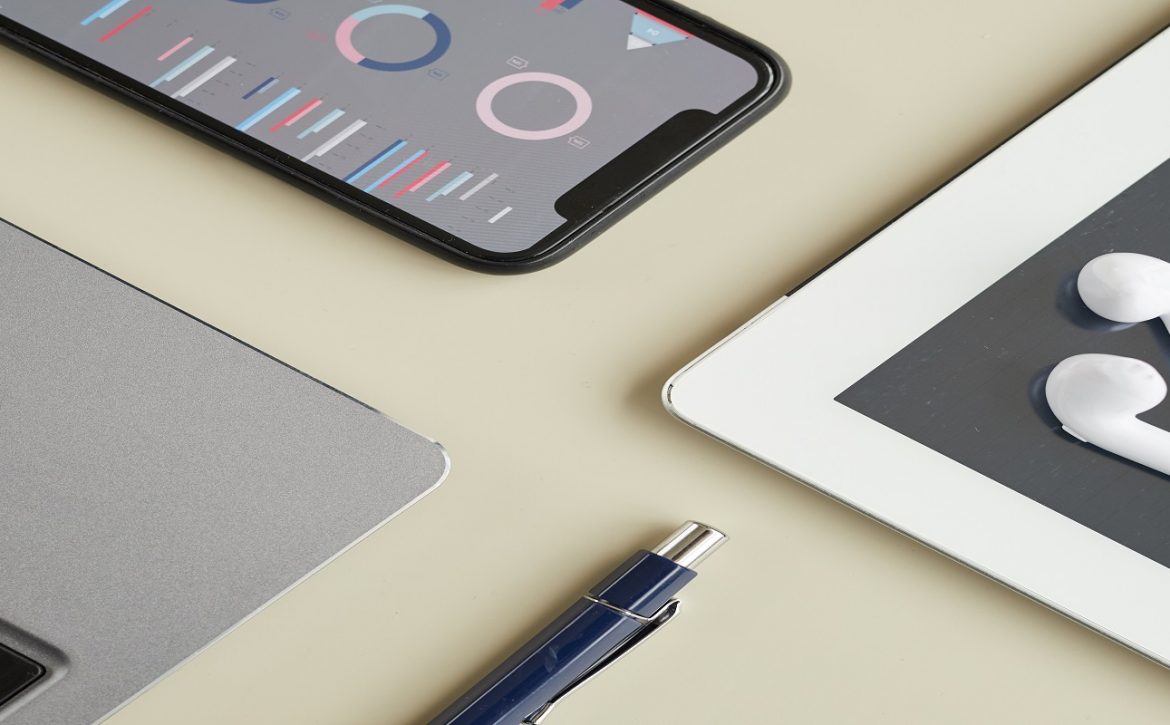A Roadmap to Launching Your First Software Product
Do you have an idea for a great app, but you are not sure where to begin for developing your idea into a viable product? Well, you are not alone. Most people who embark on an entrepreneurial journey for the first time face a similar mix of confusion and anxiety regarding where to begin. In this article, I am going to outline a generic road map to help first-time entrepreneurs start working on their great idea.
Define Your Idea
So, you have this great idea in your mind that you want to work on. The first thing you need is to define your product. Describe what your product is, what features it will have and who is the target market for it.
This is a crucial stage of your product development journey. It will help you iron out many important details of your idea, and it will also allow you to see if there are any potential gaps in it that you need to address. Once you finish writing the first draft of your product description, it will become easier for you to share your idea with others as you will notice that your own understanding of your idea would have become clearer, and also, having the idea written down makes it easier to share it with others.
Initial Research
After you have your product description, you need to run that by a few people who have some experience working in the industry related to your product. Even if you are experienced and knowledgeable about the industry, it’s still a good idea to run it by a few people. Getting other people’s perspectives will help you see critical aspects of your idea that you might have missed initially. Once you receive feedback from the people in the industry, incorporate that feedback and finalize your product description for the next stage.
The Prototype
A prototype is the first real-world iteration of an idea that only existed in your mind. Prototypes are used for initial testing and evaluation and are also sometimes used as a proof of concept of an idea.
If you are not a programmer yourself, then the best course of action would be to hire a software development agency that has extensive experience in developing a diverse range of apps.

Testing and Market Research
After the initial prototype has been developed, on the next page, the first thing that you will do is to conduct extensive testing on the product and discover as many flaws and bugs as possible.
Once a refined form of the prototype is developed, it can then be used to conduct initial market research. There are two goals of this market research. First, we will test how much demand is there for our product in the market. Second, for the demand that exists, what price are our prospective customers willing to pay for our product?
Final Prototype
Now, you will develop a final prototype of your product based on the findings from the R&D done in the previous step. You will also create presentations and sales material to present your product to potential seed or pre-seed investors. The difference between a pre-seed and a seed investment depends on the phase of your product development.
Pre-seed investment is for the products that do not have a customer base at the time of funding. Whereas, seed funding is for the products that already have at least a few users in the market. Aside from reaching out to Angel investors, you can also seek funding from your family and/or friends.
MVP and Launch
MVP (aka Minimal viable product) is the most basic form of a product that is ready for its initial launch in the market. There is a possibility that the final prototype you created is already an MVP that is ready for launch. If that’s not the case then based on the feedback you got in step 5 you can further improve your product to develop an MVP.
Moving Forward
Once you launch your MVP, it’s not the end of the road. For MVPs, the first few customers are acquired at heavily discounted prices. The reason is that your products still need a lot of development to reach the level of a mature product. And your initial customers will not only generate revenue that you can use for further development of your product, but this development will also cause inconvenience for your users. So until your product reaches maturity, you need to work closely with your initial clients and rapidly develop your product until it is ready to compete with the more established competitors in the market.








